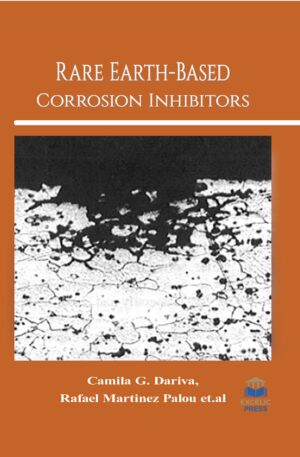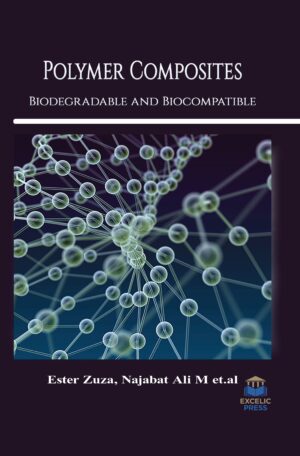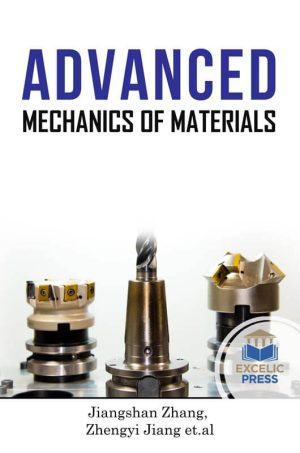Description
The fusion welding methods have traditionally been, and are today, normally used in the manufacture of automotive structures. Recent augmented procedure of Advanced High Strength Steels (AHSS) in automotive designs posed a desire to evaluate the application of fusion welding processes relative to the joining of AHSS. New developments in advanced high strength steels (AHSS) have helped reduce weight, improve fuel efficiency, and increase the crashworthiness of vehicles through enhanced mechanical properties. This has accelerated the integration of AHSS into the automotive architecture and increased demands to understand the effects of RSW. As a result, there has been a recent focus on the weldability of these steels.
Welding and Joining of Advanced High Strength Steels illustrates and reviews the range of welding and other joining technologies for Advanced High Strength Steel (AHSS) and how they can be best utilized to get the most of the potential of AHSS. It covers detailed methods and discussions on how welding can change the microstructure in the heat affected area, fabricating either extreme hardening or softening, and how these changes generate potential weaknesses that can lead to failure. To understand the effects of microstructure on the mechanical performance of welds, it is important to recognize microstructural differences at the various weld regions. These include the base metal (BM), heat affected zone (HAZ) and fusion zone (FZ). The FZ is created by heating above the melting point, while the surrounding HAZ material itself consists of several regions which experience thermal cycles with progressively decreasing peak temperature from the fusion boundary.
This book will be of valued for students and practitioners requiring information on the welding and joining of advanced high strength steels. Researchers and engineers within the steel and automotive industries will find it informative.





